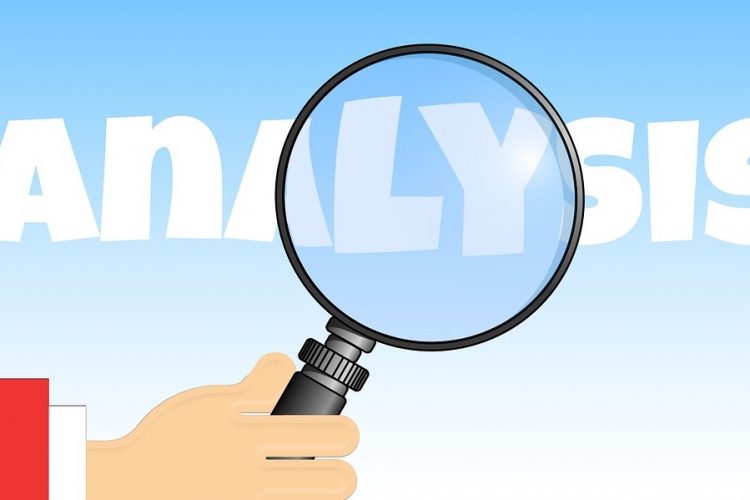Overview:
In the previous column, How to analyze a stock for investing?, we have discussed the four important financial ratios and fundamental parameters I use while choosing a stock. Now, we shall talk about other important parameters in stock analysis.
I am going to explain to you with an example that a stock satisfying only these four financial ratios Price to Earnings, Price to Book value, Debt to Equity, Current Ratio should not be confused as a good quality stock. I have used other parameters in stock analysis to make it easy for you to understand.
Let us consider the stock HDIL, as on 25/03/2020, its P/E = 0.71, P/B = 0.01, Current ratio = 4.4, and Debt to Equity = 0.17. A new investor may feel that this is a decent stock after examining the first four financial ratios. But this a housing and real estate company involved in the diverting of funds of the investors, loan defaulting, and other scams.
Parameters:
The four other fundamental parameters that add extra safety to your approach in analysis of a stock. Let’s see how you can analyze the stock HDIL using these criteria:
Return on Equity (ROE):
The Return on Equity (ROE) is calculated by dividing the net income by shareholders’ equity or net worth. ROE is also referred to as return on net assets, since equity = assets – liabilities.
ROE indicates how efficiently a company’s management is using its net assets to generate profits. In layman’s terms, it is the returns achieved on the invested net assets or cash after paying out all loans and debt. For a good company, the ROE shall be more than 15%. It varies among the different sectors and industries.
For example, in the case of HDIL, its ROE is 0.91%. It means for net assets or equity of ₹100/-, the net profit made by the company is only ₹0.91 /-. Therefore, we can be sure that this company is not generating appreciable profits.
Interest Coverage Ratio:
The Interest Coverage Ratio (ICR) is calculated by dividing the company’s earnings before interest and taxes (EBIT) by the payments made by the company as interest on its short term and long term debts. It is a debt ratio and profitability ratio. It determines the ability of a company to pay interest on its outstanding debt.
Lenders and Banks verify the interest coverage ratio of the company before lending money for its future operations. Any company with good financial strength has ICR equal to 5 or more.
For HDIL, ICR is 1.41, which means the company has to spend 71% of its earnings on just paying the interest on its debt. It is not the sign of a financially strong company.
Enterprise Value:
The Enterprise Value of the company is a measurement of its total business value. It is a holistic calculation of a company than the market capitalization. It includes the market capitalization plus short term and long term debt minus cash and cash equivalents of the company.
Enterprise Value = Market Capitalization + Debt (short and long term) – Cash and its equivalents
Usually, the enterprise value is useful when there is a takeover or acquisition of the company. It is not a good sign if the enterprise value is very high or too low than its net worth.
Normally, banks and other financial institutions have huge enterprise value since their main source of operations is through debt. We should confuse that as a sign of a meager company.
The stock of a company with a considerably large difference between the market value and enterprise value might not be a beneficial investment idea. For HDIL, the enterprise value is ₹1931 crore whereas its market capitalization is only ₹64 crore. For your information, the HDIL share dropped from ₹27/- to ₹1.4/- since the last year.
Dividend Yield:
Companies pay some portion of their earnings to their shareholders as Dividends. Dividend Yield is calculated by dividing the dividend by the market price of the share. Simply put, it is the percentage of paid dividends for the current market price of the share.
Mature companies with well established financial structure and good businesses pay dividends. In India, the shares of most bluechip companies are trading so high; even though they provide dividends, because of high prices, their dividend yield is less than 1%.
PSUs or the government companies pay regular dividends as it is made mandatory by the government to pay dividends to the shareholders. For HDIL, the dividend yield is 0%; it does not pay any dividend.
Summary:
You should not be wholly convinced by these parameters. There is a lot of information a retail investor cannot get access to, and you have to research as much as possible before investing. Stock analysis is a skill that you can only improve through the investment experience. Nothing can replace the holistic approach involving both quantitative and qualitative analysis.
Disclaimer:
I provide the information and my views on the website only to educate new investors, stock market enthusiasts, and the common public on equity or stock market investments. Please consult your financial adviser before making any investments in the stock market. In case of any queries, you can contact me via email ID or Contact Form.





3 Comments